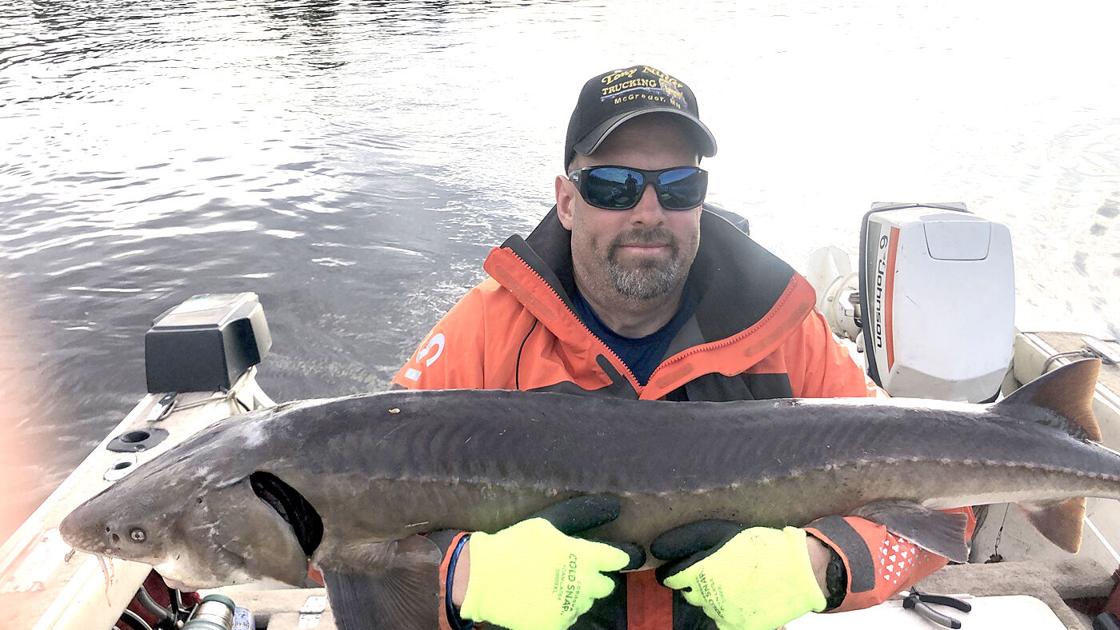
Saturday, May 15 is the statewide 2021 fishing opener for walleye, bass, northern pike and lake trout. For more than half a million anglers, this weekend is a revered holiday and marks the symbolic beginning of summer.
Tackle boxes are stocked, licenses have been purchased and boats are loaded with all necessary safety gear, such as life jackets and first aid kits.
Whether you are fishing for your limit, or catch-and-release, how ready are you to handle the fish you catch?
Regulations around catch size and quantity, as well as catch-and-release ordinances, mean a lot of fish will go back into the water after they are caught this fishing season. If those fish die – that is, if the hooking mortality rate is high - the ecosystem of the affected lake can be impacted dramatically.
The health of the fish and their ecosystem depend on anglers being well-versed in fish safety and conservation. Tom Jones, Minnesota circle hook expert with the Department of Natural Resources, pointed out that there are several contributors that lead to the death of fish after release, and it goes beyond the gear.
• Water depth - A fish being pulled up from 50 or 60 feet of water will have a much harder time adjusting back into the water than a fish being pulled up from 10 feet. The rapid decrease in pressure causes gas in their bladder to swell. In fish it’s called barotrauma; in humans it’s called the bends. Not only does this make it harder for a fish to swim back down, but it causes internal injuries.
• Taking too long to reel in the fish - “Fish that struggle intensely for a long time during capture are usually exhausted and stressed from the accumulation of excessive amounts of lactic acid in their muscles and blood,” Jones said. “Severe exhaustion causes physiological imbalance, muscle failure, and death.”
• Water temperatures - Cold water catches see lower mortality rates.
• How you handle fish - Fish need to be held softly; like other animals, they have nerves and can feel pain.
• Time out of the water - Under a minute for a picture is probably OK, but you don’t want to be taking a lot of pictures and dropping the fish.
• Type of hook — The circle hook causes lower mortality than j-hook and other types of hooks. That being said, all hooks can be swallowed; to reduce injuries, cut the line rather than digging around. According to the DNR, “a long-nosed type pliers is handy to remove hooks, but remember most people aren’t fish surgeons, it does them no good to use lots of force to twist out a deep hook.”
• Hand hygiene - Fish have slime that protects them from infections. To avoid stripping off a fish’s protective slime, wash your hands in lake water.
Successful catch and release fishing takes practice, but according to the National Park Service,“When done correctly, catch and release methods result in high survival rates.”
May 14, 2021 at 05:00PM
https://ift.tt/3bISOnR
Kick off the 2021 fishing opener | Fishing | messagemedia.co - Aitkin Independent Age - Aitkin Independent Age
https://ift.tt/35JkYuc
Fish
No comments:
Post a Comment